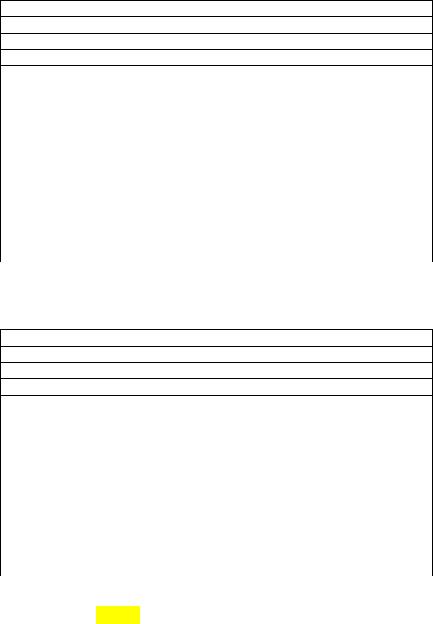
Test c.y_hat#c.y_hat c.y_hat#c.y_hat# c.y_hat c.y_hat#c.y_hat# c.y_hat# c.y_hatĪt the end of the procedure you will have this result. Xtreg ln_w grade age c.age#c.age ttl_exp c.ttl_exp#c.ttl_exp tenure c.tenure#c.tenure 2.race not_smsa south c.y_hat#c.y_hat c.y_hat#c.y_hat# c.y_hat c.y_hat#c.y_hat# c.y_hat# c.y_hat, fe cluster (idcode) and # operators in the command as it follows this other code: use Xtreg ln_w grade age c.age#c.age ttl_exp c.ttl_exp#c.ttl_exp tenure c.tenure#c.tenure 2.race not_smsa south y_h_2 y_h_3 y_h_4, fe cluster (idcode)Īlternative you can skip the generation of the powers and apply them directly using c. Xtreg ln_w grade age c.age#c.age ttl_exp c.ttl_exp#c.ttl_exp tenure c.tenure#c.tenure 2.race not_smsa south, fe cluster(idcode) Finally, we will perform a significant test jointly for the coefficients of the powers. Then we will generate the powers of the fitted values and include them in the regression in (4) with clustered standard errors. To implement the Ramsey test manually in this regression structure in Stata, we will follow Santos Silva (2016) recommendation, and we will start predicting the fitted values of the regression (with the heterogenous effects too!). And v represents the heterogenous effect which can be estimated as parameter (in fixed effects: which can be correlated to the explanatory variables) and as variable (in random effects which is not correlated with the explanatory variables). With i=1, 2, 3, …, n observations, and for each i, we have t=1, 2, …, T time periods of time.
#RAMSEY RESET TEST EVIEWS SERIES#
In the panel data structure where we have multiple time series data points and multiple observations for each time point, in this case we fit a model like: The alternative hypothesis is that the model is suffering from an omitted variable problem.

The null hypothesis is that t=0 so it means that the powers of the fitted values have no relationship which serves to explain the dependent variable y, meaning that the model has no omitted variables. To illustrate this, consider the following code: use In Stata this is easily done with the command estat ovtest Where z represents the powers of the fitted values of y, the Ramsey test performs a standard F test of t=0 and the default setting is considering the powers as: Ramsey test fits a regression model of the type


The vector b represents the estimated coefficient vector. Where y is the vector of containing the dependent variable with nx1 observations, X is the matrix that contains the explanatory variables which is nxk (n are the total observations and k are the number of independent variables). In 1969, Ramsey (1969) developed an omitted variable test, which basically uses the powers of the predicted values of the dependent variable to check if the model has an omitted variable problem. In regression analysis, we often check the assumptions of the econometrical model regressed, during this, one of the key assumptions is that the model has no omitted variables (and it’s correctly specified).


 0 kommentar(er)
0 kommentar(er)
